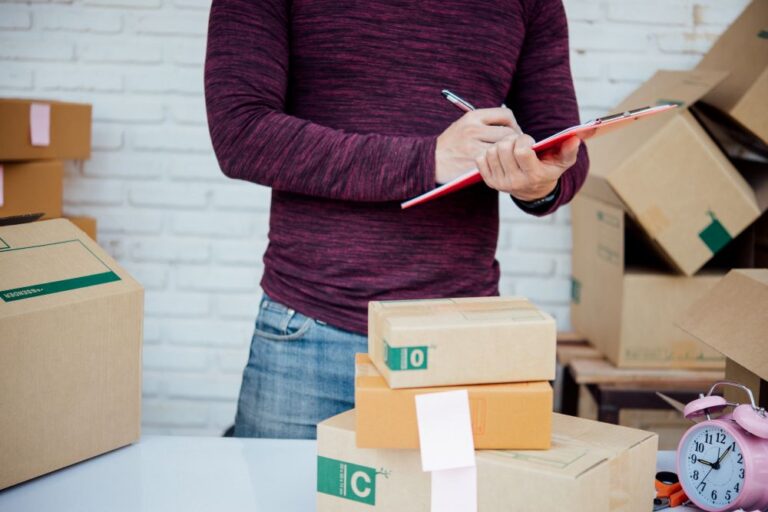Online shopping is easy for the customer — a few clicks and it’s done. But for the people running an e-commerce business, things get complicated fast. One of the biggest headaches? Managing customer expectations around delivery.
Buyers want speed, accuracy, and constant updates. If things go wrong — or even just feel unclear — trust in your brand takes a hit. Let’s break down a few common delivery-related challenges and how smart parcel tracking tools can solve them.
A Few Common Delivery-Related Challenges
Let’s face it — no matter how smooth your website or how great your product is, delivery is where things often get messy. It’s the part of the customer journey you don’t fully control, but you’re still responsible for it. From vague shipping timelines to a lack of updates, even small issues can lead to frustration and lost trust. Here are some of the most common challenges e-commerce businesses run into when it comes to deliveries.
1. Vague Delivery Times = Frustrated Customers
Problem: You’ve seen it before: “Delivery in 3–7 business days.” Sounds fine, until it isn’t. Customers don’t want estimates — they want dates. When packages are late, or no one can say where they are, stress builds up fast.
How to fix it: Use a tracking system that gives real-time updates. Let customers follow their order as it moves, and keep them in the loop if delays happen. Even basic tracking reduces support tickets and builds trust.
2. No Visibility = No Confidence
Problem: When a customer places an order and then hears nothing for days, they start to worry. “Did it even ship? Is it lost?” That gap between “dispatched” and “delivered” can be nerve-wracking if there’s no info.
The fix: Plug in a parcel tracking tool that collects updates from different couriers — whether it’s USPS, FedEx, or something more regional like LaserShip delivery tracking — and shows it all in one place. Especially helpful if your store works with several delivery partners. Importing shipments from different platforms keeps things organised and transparent, for both you and your customers.
3. International Orders = Extra Risk
Problem: Shipping abroad? Now you’ve got customs, border delays, possible extra fees, and a lot of unknowns. For customers, that uncertainty can be a dealbreaker.
Solution: Make tracking accessible via a mobile app or responsive platform that sends push notifications. Customers can check in from anywhere and stay updated through each stage — even across borders. When people feel in control, they’re much more patient.
4. Customer Support Overload
Problem: When tracking is unclear, your support inbox fills up. People asking, “Where’s my package?” over and over again puts pressure on your team and slows everything down.
How to fix it: Set up clear tracking pages, send regular updates automatically, and integrate those tools into your existing customer service system. The result? Fewer questions, happier customers, less stress for your team.
Final Thoughts
Customer experience doesn’t end at checkout. For most people, the real test comes after they’ve paid, when they’re waiting. A solid delivery process isn’t just logistics; it’s part of your brand’s promise.
With the right tracking tools, even a small store can look and feel professional. You’ll avoid confusion, reduce complaints, and build the kind of trust that keeps people coming back.
Because at the end of the day, it doesn’t matter how great your product is — it still has to show up, and it has to show up right.


